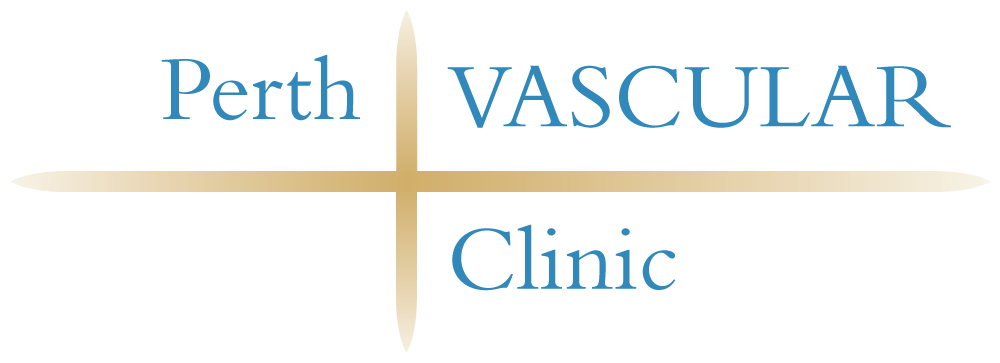Hyperhidrosis
Hyperhidrosis is excessive and uncontrollable sweating most commonly experienced in the armpit (Axillary), hands (Palmar) or feet (Plantar).
It is understood to be caused by overactivity of the nervous system (sympathetic nervous system); with the sympathetic chains (the nerves that control sweating) being overactive therefore prompting the sweat glands to produce more sweat than is necessary. This situation is frequently referred to as primary hyperhidrosis.
While the condition cannot be cured, it can be treated.
Treatment options:
Non Surgical
- Medications – This option involves prescription medications which are used to treat conditions such as: high blood pressure, anxiety, depression. The side effects of those medications are the main reason for their use. The success rate is relatively low and the effect of this medications on hyperhidrosis stops as soon as they are discontinued.
- Topical antiperspirants – There are several products available to treat excessive sweating particularly affecting armpits. Those products generally contain high content of aluminium being the agent slowing down seat gland function. They effectiveness remains variable. Not infrequently skin irritation remains the main reason why those products are discontinued by the patient.
- Iontophoresis – This procedure is predominantly used to treat hyperhidrosis of the hands or feet, and involves their immersion in a tray containing an electrolyte solution that is then activated by a battery-operated device to deliver a low electrical current. The treatment sessions usually last 20 minutes, and treatment often involves three sessions each week for up to eight weeks. Results are variable and temporary only. This is a safe first line option to try prior to considering more advanced strategies.
- Botox Injections – Botulinum toxin (Botox) is essentially a poison that when injected paralyses the area of application, impairing the nerves that control the muscles. Injections into areas affected by hyperhidrosis impair the nerves that control the sweat gland, with results lasting from four to 6 months. Injections can be repeated. This option is predominantly used for treatment of axillary (armpit) hyperhidrosis, but plays some role in palmar (hand) hyperhidrosis. The results of using Botox for excessively sweating feet (plantar hyperhidrosis) are poor.
Surgical
- Axillary Skin Resection – this old surgical method is rarely used these days as it carries significant risk of poor wound healing after surgery and armpit skin scarring. During this procedure surgeon excises hair-bearing skin from the armpit which contains sweat glands.
- Axillary Fossa Liposuction – this is less invasive option where only small incision is required to introduce surgical instrument which removes subcutaneous fat from the armpit. The results of this approach are mixed. Liposuction can only treat armpit seating.
- Thoracoscopic Sympathectomy – This surgical option address constant stimulation of sweat glands by sympathetic nerves. It remains the only permanent option of treatment. Frequently referred to as Video-Assisted Thoracoscopic Sympathectomy (VATS), this procedure has a very high success rate in treating palmar hyperhidrosis (palm sweating)-success rate 90-97%. It has been used for treatment of armpit sweating (success rate of 70-80%). The main concern regarding VATS relates to a side effect of excessive sweating elsewhere (compensatory hyperhidrosis). Based on the long history of VATS approximately 40-50% of patients will develop compensatory sweating. The severity of it is usually mild with only 5-10% of those patients describing significant problem. The typical locations are: chest, back, thighs and feet.
- This procedure involves making single small incision (2 cm) just below the armpit to gain access to the sympathetic chain (located in the chest cavity). After access is gained, the lung on the operated side is collapsed in a control fashion.
- The surgeon can then locate and disconnect a section of the sympathetic chain to permanently interrupt the nerve signal that causes the body to sweat excessively. A general anaesthetic is required for this procedure.
- After VATS is completed Chest X-Ray is required to ensure no major amount of air is trapped inside the chest (Pneumothorax). The rate of this complication is approximately 10-20% but majority doesn’t require further treatment and resolves spontaneously over the period of 1-2 weeks. Usually after overnight stay patients are discharge.
- Expected return to normal activities takes up to 2 weeks. This is mainly related to postoperative discomfort in the armpit and chest. Patients are advised to avoid air travel and diving for 4 weeks.
- The effect of VATS is seen immediately. This procedure has very low rate of recurrence.
- Chemical Lumbar Sympathectomy – here the sympathetic nerves are destroyed by X-Ray guided injection into a back region. This procedure address excessively sweating feet (plantar hyperhidrosis) only. Its rate of success is variable and due to possible side effects; it is only used in very selected patients.
